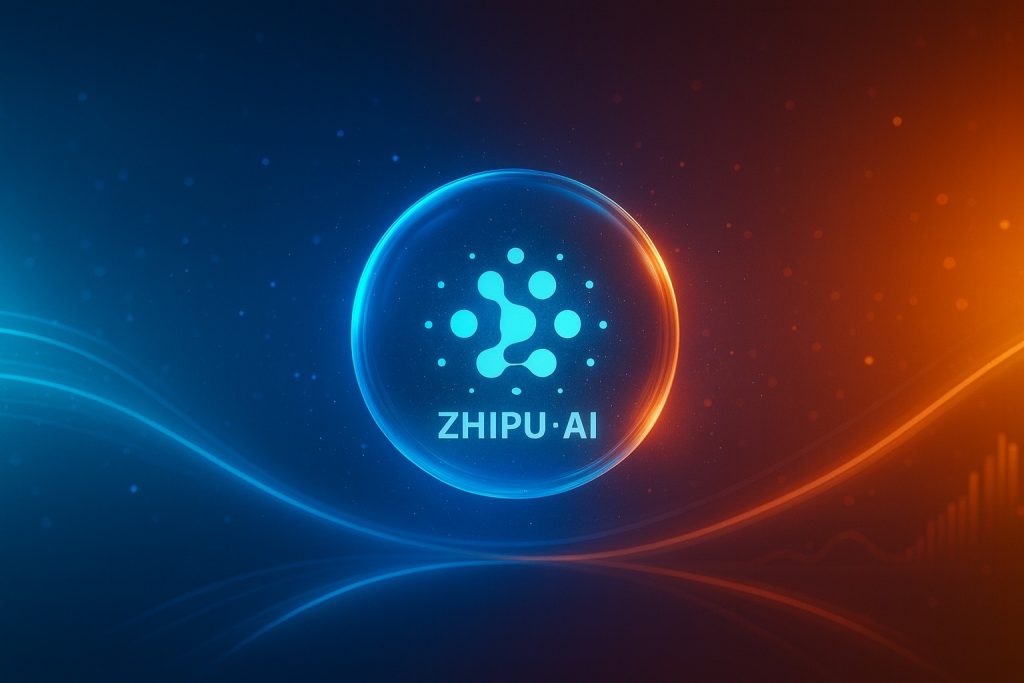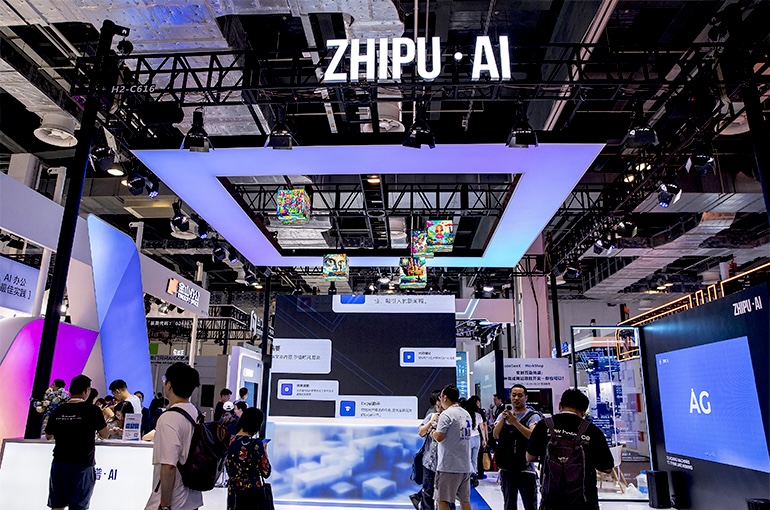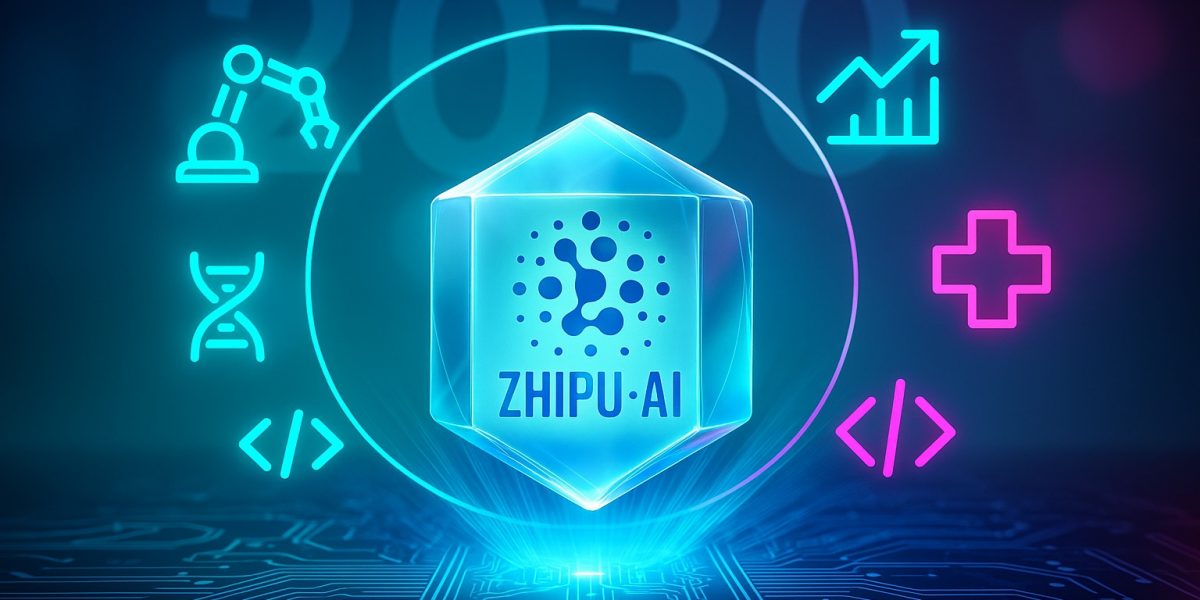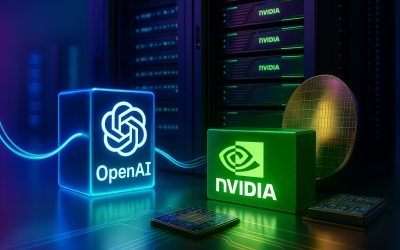A prominent Chinese artificial intelligence startup is tempering expectations around superintelligent AI’s arrival. Zhipu AI CEO Zhang Peng stated Tuesday that while artificial superintelligence might materialize by 2030, it will probably outperform humans only in select domains while lagging substantially across many others. This measured perspective contrasts sharply with bolder industry forecasts, including OpenAI CEO Sam Altman’s recent suggestion that ASI could emerge before the decade closes.
Speaking at the Beijing launch event for the company’s upgraded GLM-4.6 language model, Zhang emphasized the uncertainty surrounding superintelligence timelines. “When discussing this question, people reach different conclusions,” he said. “I believe achieving or exceeding human intelligence levels by 2030 might mean surpassing humans in one or several aspects, but probably still falling significantly behind in many other areas.”

Diverging Industry Perspectives on AI’s Trajectory
The comments position Zhipu AI as a more conservative voice within an industry buzzing with ambitious predictions about artificial intelligence development paths. Altman has suggested that “extraordinarily capable models” exceeding human abilities could arrive by 2030. Meanwhile, SoftBank Group CEO Masayoshi Son articulated even more aggressive timelines, predicting ASI will be “10,000 times smarter than the human brain” by 2035.
Founded in 2019 as a Tsinghua University spinoff, Zhipu AI has emerged as a significant player in China’s AI market and a potential challenger to US-based leadership. The company filed documents in April indicating plans to list on mainland Chinese exchanges, potentially making it the first major Chinese AI startup to reach public markets. However, the firm faces headwinds after being added to a US trade blacklist in January 2025 over alleged military connections, which the company denies.
Enterprise-Focused Model Targets Corporate Adoption
The newly released GLM-4.6 model represents Zhipu AI’s latest effort to compete with established players like OpenAI in enterprise markets. The model features an expanded 200,000-token context window—up from the 128,000 tokens in predecessor GLM-4.5—plus improved capabilities across coding, reasoning, writing, and agentic applications. Zhang noted the company isn’t directly competing with American models in consumer subscriptions yet but is actively pursuing corporate clients.
The company recently launched a developer-oriented coding subscription service as part of efforts to diversify revenue streams. While many Chinese AI firms struggle convincing domestic consumers to pay for AI services, Zhang expressed optimism that conditions might shift as technology acceptance grows and pricing declines. Zhipu AI anticipates quadrupling revenue in 2025 compared to the $42 million generated in 2024, with international revenue beginning to gain traction.

Pragmatic ASI Assessment Reflects Technical Realities
Zhang’s cautious ASI timeline acknowledges something industry hype often overlooks: intelligence isn’t a single dimension where systems either exceed or fall short of human capability uniformly. Current AI systems already surpass human performance in specific narrow tasks—chess playing, protein folding prediction, certain medical image analysis—while remaining laughably incompetent at things toddlers handle easily, like common sense reasoning about physical objects or understanding social context.
This pattern likely continues even as models grow more capable. An ASI system in 2030 might revolutionize drug discovery, generate flawless code for complex software systems, and solve advanced mathematics problems instantly—while still struggling with tasks requiring embodied experience, emotional intelligence, or the kind of flexible reasoning humans apply when encountering genuinely novel situations outside their training distribution.
The distinction matters because much ASI discourse treats it as a binary threshold: either we have superintelligence or we don’t. Zhang’s framing recognizes that crossing human-level performance in specific benchmarks doesn’t mean achieving comprehensive cognitive parity, let alone superiority, across all domains that constitute “intelligence.”
His perspective also implicitly acknowledges China’s position in the global AI race. While Chinese companies have made remarkable progress, they face constraints around advanced chip access due to export controls, and frontier model capabilities still lag somewhat behind leading American systems. Predicting narrow rather than comprehensive superintelligence by 2030 sets more achievable expectations given these limitations.
The GLM-4.6 launch demonstrates Zhipu AI’s focus on practical enterprise applications rather than chasing headline-grabbing capability claims. The expanded context window addresses real business needs around processing lengthy documents, maintaining conversation history, and handling complex multi-step workflows. These improvements deliver immediate value to corporate customers even if artificial general intelligence remains elusive.
Zhipu AI’s upcoming IPO attempt will test whether public market investors share Zhang’s measured optimism or prefer the grand visions competitors articulate. Chinese tech IPOs have faced challenging conditions recently, and the US blacklist designation—regardless of its merits—creates perception challenges when courting international institutional investors.
The company’s revenue trajectory suggests genuine commercial traction beyond just hype. Quadrupling annual revenue demonstrates that customers see sufficient value to pay for the technology, even in a market where free or low-cost AI tools abound. Whether that growth continues depends partly on whether enterprises embrace AI agents and other advanced capabilities the GLM-4.6 model targets.
Zhang’s ASI timeline sits roughly in the middle of industry predictions—more optimistic than skeptics who think superintelligence remains decades or centuries away, more cautious than enthusiasts projecting its imminent arrival. That middle position might reflect calculated positioning to appear serious and credible without seeming behind the curve. Or it might represent genuine technical assessment from a team building frontier models and understanding both their remarkable capabilities and persistent limitations.
Either way, the 2030 timeline provides a testable prediction. Five years offers enough runway for substantial progress while remaining near enough that current technical approaches might plausibly scale to Zhang’s vision of narrow superhuman performance. Whether artificial superintelligence arrives on schedule, exceeds expectations, or disappoints will reveal much about AI’s actual trajectory versus the narratives companies construct around it.




Post a comment